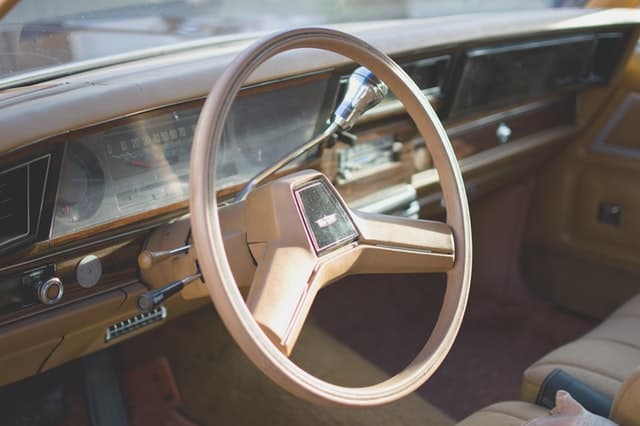Delayed engagement is one of the most common automatic transmission problems. Transmissions are complex pieces of hardware and software working together to provide shifts at the ideal time for to suit the driver and fuel economy regulations. This complexity means that there are many problems that can lead the transmission to delay engaging.
Delayed engagement is certainly a problem, but if you’re not careful it can lead to larger problems. Make sure that you don’t rev the engine harder to get the automatic transmission to engage. It’s not going to make any difference. But, if you happen to have the engine high in the revs when the gear finally engages, you’ll end up doing an inadvertent neutral drop.
What is delayed engagement?
Delayed engagement is an extremely long period of time between when the transmission gear selector is moved from park (or neutral) into any one of the moving gears. It can be anywhere from a few extra seconds to a minute. Most of the time, if the transmission has not engaged after a minute, it’s not going to.
Automatic Transmission Delayed Engagement Causes
Transmission Fluid Level– Low transmission fluid is the first place to start evaluating what could be causing the delayed engagement. It’s a great place to start because it is very likely that it really is the problem, and it’s super easy to check.
If the fluid is low, make sure that you examine the color. If it is off, or smells putrid, then it’s going to be a good idea to do a flush. If a flush is not in the budget than at a minimum you should change the fluid and filter if the fluid is bad. Here’s a good article on checking the health of your transmission fluid by using the color.
Transmission Filter– If the transmission filter is clogged, it can delay gear engagement. This can be a tough thing to diagnose, since you can’t see the filter. If you have checked the fluid level and consistency it would be a good idea to try the filter next, unless you have a transmission that has the solenoids on the outside, which will be what we’ll cover next.
Shift Solenoids– A bad shift solenoid can delay engagement into any and all gears. They have plungers that go bad. They also use little electromagnetic coils that can and will fail with enough heat and vibration. If those coils break the solenoid can’t open or close to engage the next gear.
Worn Seals/Bands– Automatic transmissions (unlike manuals) are filled with a complex system of solenoids, gears, clutches, and bands that control the operation for you. As they age, it is natural for them to start to fail and need replaced. When they are about to give up the ghost, they will often start to cause delayed engagement. This is common in any automatic transmission with enough miles on it.
Troubleshooting
Before taking your vehicle in, make sure that you aren’t taking it in with the wrong problem in mind. Did you make sure that the delay in engagement isn’t just for one gear? If so, it could be a completely different problem.
Also, in extreme temperatures (especially bitter cold) a delay can be almost considered normal. If the delay in engagement goes away when it is warm, than you probably don’t have much to worry about.

